A New Year, A New Beginning: Reflections on Rosh Hashanah
Rosh Hashanah is the Jewish New Year. It is the time to rejoice and celebrate! Families gather together to share meals and gifts. Rosh Hashanah is a time for introspection. During this holiday, people think about the past year and what they would like to change in the coming year. In this blog, we will give you the menu of the night and a few delicious recipes!
What is Rosh Hashanah?
The Jewish New Year, Rosh Hashanah, is one of the most sacred days in Judaism. The celebration, which has the Hebrew name Tishrei, which translates to "head of the year" or "beginning of the year," starts on the first day of the seventh month of the Hebrew calendar, which usually occurs in September or October. It falls on the first and second days of Tishrei, which is the seventh month of the Jewish calendar. This year begins on the evening of Friday, September 15, and ends at sundown on Sunday, September 17, 2023.
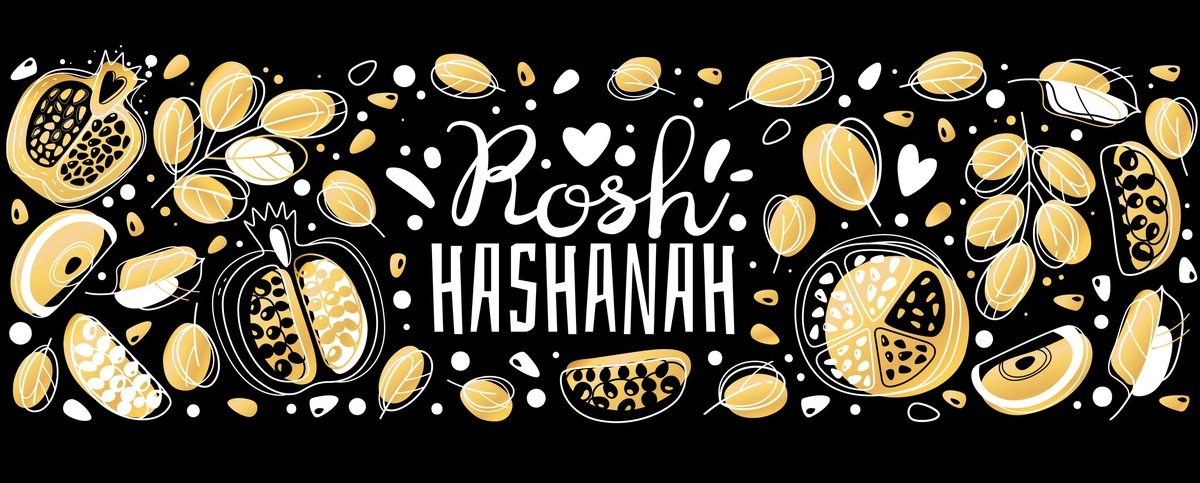
Rosh Hashanah is a time to rejoice and celebrate. Families gather together to share meals and gifts. During this holiday, people think about the past year and what they would like to change in the coming year.
On Rosh Hashanah, people typically say "L'Shana Tovah Tikatevu," which translates to "May you be inscribed for a good year," or simply "Shana Tovah," which simply means "a wonderful year." Some people wish you a happy and healthy new year.
Symbolic Foods of Rosh Hashanah
Before beginning to eat, it is usual to say Kiddush over wine and then the blessing over bread. Here are the dishes that are traditionally eaten on Rosh Hashanah:
1. Apples Dipped in Honey: It is customary to start the meal with apple slices dipped in honey on the first night of Rosh Hashanah.
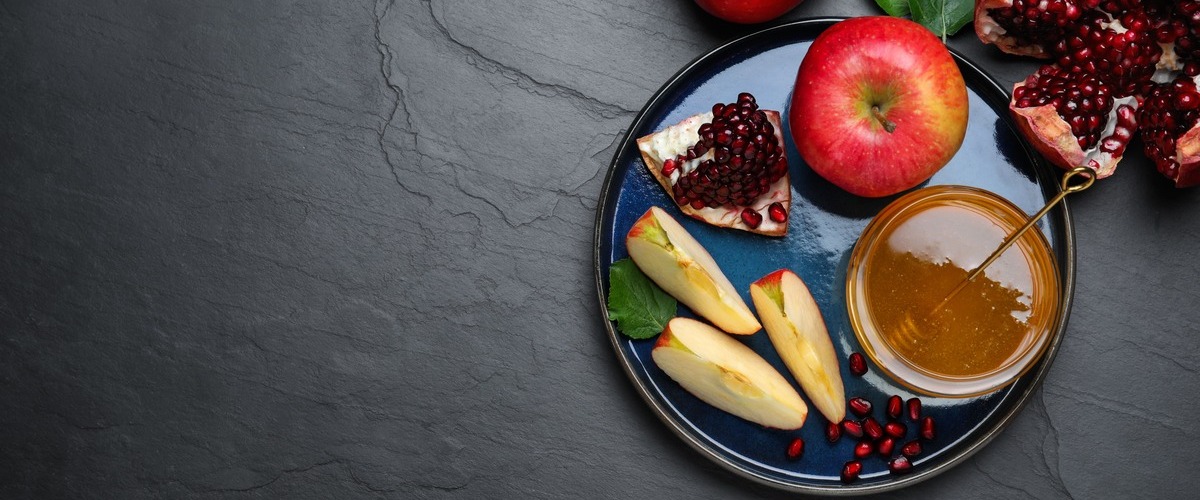
2. Honey Dipped Challah: Although this is normally dipped in salt, On Rosh Hashanah and others, the challah is dipped in honey.
3. Fish/Ram Head: This is to symbolize that a person should be a head, not the tail, although not followed, still customary
4. Pomegranate: Because they think they will be full of virtues in the next year just as the fruits are full of seeds, many people eat pomegranates on Rosh Hashanah.
5. New Fruit: On the second night of the celebration, shortly before breaking bread, it is customary to consume "fresh fruit" (and dip it in honey, of course). You will be able to consume foods that you haven't had since they were last in the season as a result.
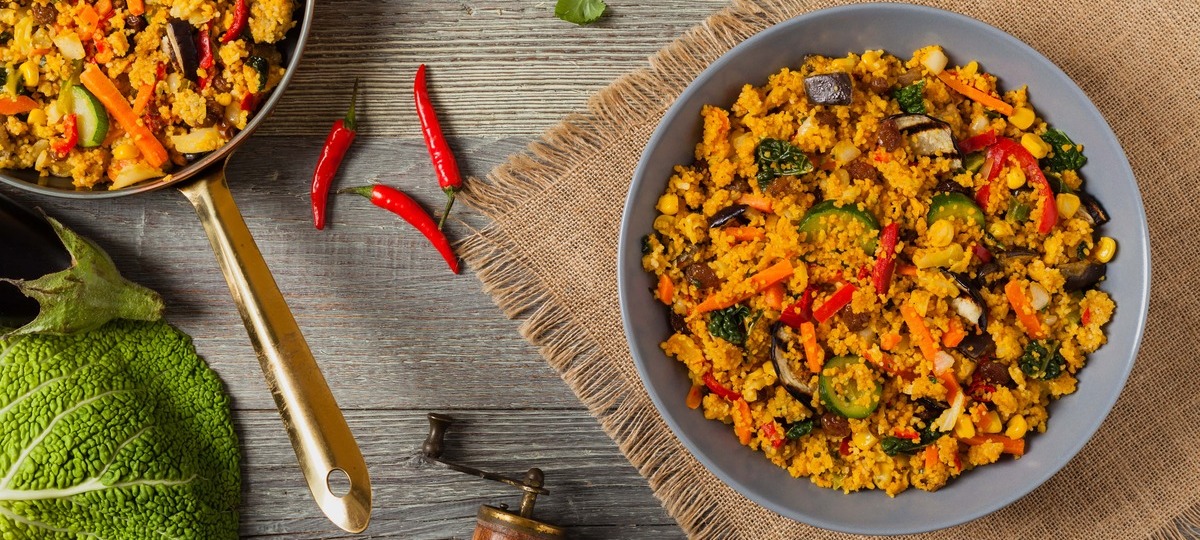
6. Couscous with Seven Veggies: One of the few savory choices on the menu is this. A large number of couscous beads stands for the number of blessings you wish to receive, and the number seven is lucky since it represents the number of days the earth was founded in.
7. Leeks, Chard or Spinach: Its Hebrew name, which is a near relative of the word karet, which means "cut," is the source of the symbolism. Eating leeks symbolizes wishing that those who do us harm would be isolated and punished instead.
Eating sweets is the idea since it represents your wish for a lovely year (a good year, essentially).
Here are a few recipes that keep with the theme of bringing sweetness to your life and are staples for a Rosh Hashanah Feast:
Baked Pomegranate Chicken
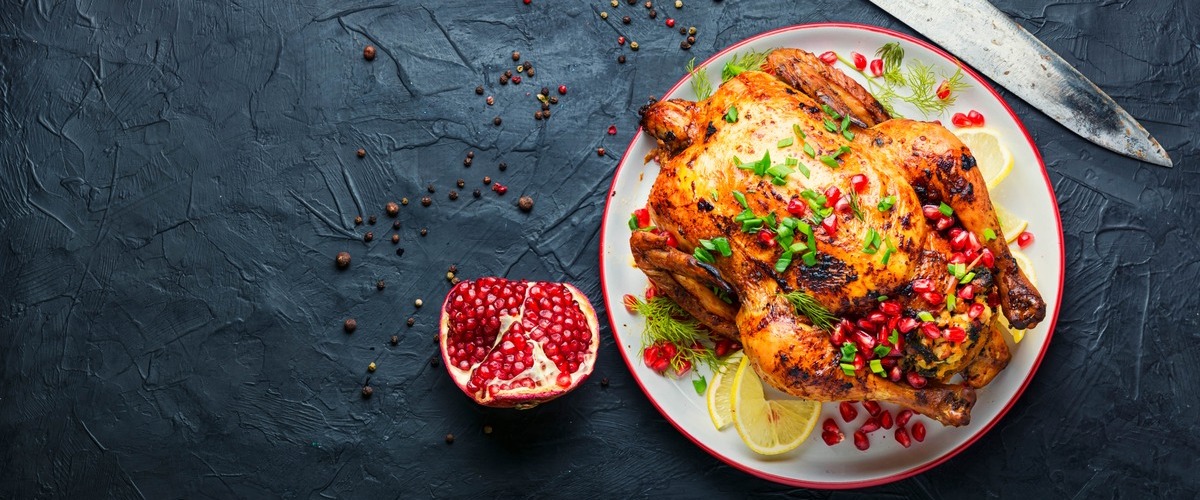
Ingredients:
1 whole chicken, cut into 8 pieces
1 cup pomegranate juice
1/2 cup honey
1/4 cup soy sauce
1/4 cup vegetable oil
2 cloves garlic, minced
1 teaspoon ground ginger
1/2 teaspoon salt
1/4 teaspoon black pepper
1/2 cup pomegranate seeds
Instructions:
1. Make sure that the oven is 375 degrees F (190 degrees C).
2. In a large bowl, whisk together pomegranate juice, honey, soy sauce, vegetable oil, garlic, ginger, salt, and black pepper.
3. Place chicken pieces in a large baking dish, and pour the pomegranate mixture over top.
4. Bake for 45 minutes to 1 hour, or until chicken is cooked through and juices run clear.
5. Garnish with pomegranate seeds before serving. Enjoy!
Honey Cake
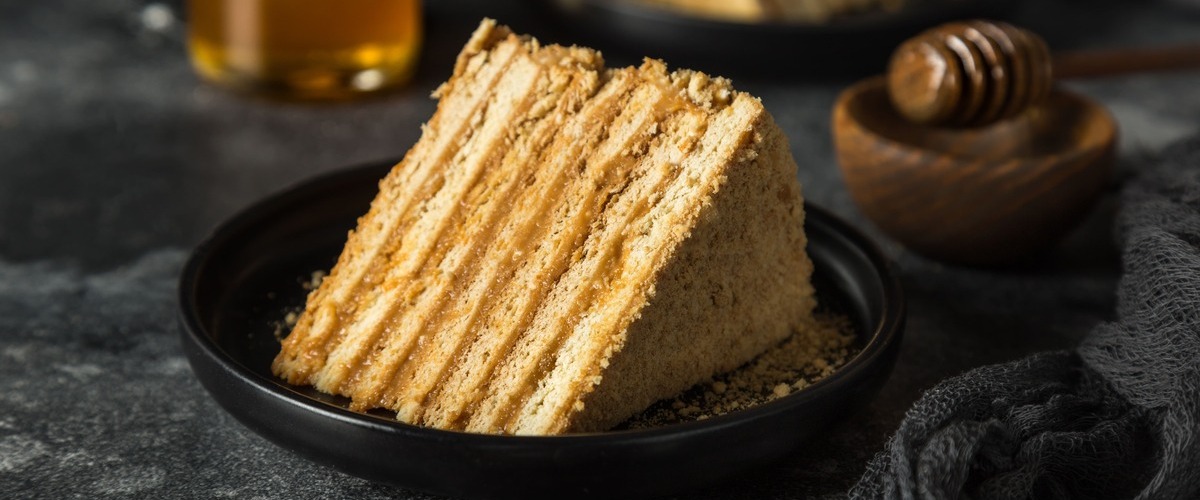
Ingredients:
1 cup (8 ounces) honey
1 cup sugar
3 eggs
1 teaspoon baking soda
1/2 cup vegetable oil
2 cups all-purpose flour
1 teaspoon baking powder
1 teaspoon salt
1 cup boiling water
For the glaze:
1/2 cup honey
1/4 cup water
1 tablespoon lemon juice
Instructions:
1.Preheat the oven to 350°F. Grease and flour a 12-cup Bundt to 350 degrees F (175 degrees C). A 9x13-inch baking pan should be greased and dusted with flour.
2. In a large bowl, combine honey, sugar, eggs, baking soda, and oil. Mix well. Mix thoroughly after adding the flour, baking soda, and salt. Add boiling water; stir just until blended. Pour batter into the prepared pan.
3. A 30-minute bake at 350 degrees F (175 degrees C). Reduce oven temperature to 325 degrees F (165 degrees C); continue baking for an additional 25 minutes, or until a toothpick inserted into the center of the cake comes out clean. Before removing the cake from the pan, let it cool.
4. In a small saucepan over medium heat, bring honey, water, and lemon juice to a boil. Remove from heat; spoon over the cooled cake. Enjoy!
Rosh Hashanah is an important holiday in Judaism that celebrates the beginning of the Jewish New Year. The holiday lasts for two days and includes special food, prayer, and rituals. family and friends gather together to celebrate this solemn but hopeful occasion. Here is your ultimate guide to the festival and some ideas that will surely make a lasting memory for Rosh Hashanah.













